Hair Dye Allergies – Causes, Symptoms, & 11 Home Remedies
Coloring your hair can be risky, but there are some natural treatments you can rely on.
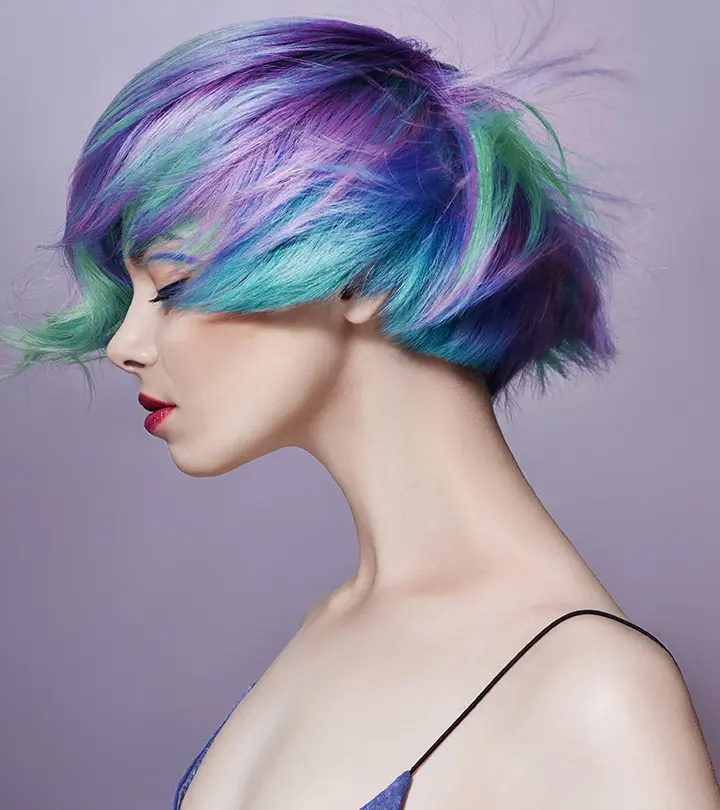
Image: Shutterstock
Changing your hair color at home or at a hair salon may be a thrilling experience. However, most hair care brands contain toxic substances that may lead to hair dye allergies. These toxic chemicals can also harm your hair.
Most hair dyes contain paraphenylenediamine (PPD). People with hypoallergenic skin or chemical sensitivity may experience adverse reactions to PPD (1).
Don’t panic. You can easily manage hair dye allergies. Scroll down to learn about home remedies that can help you get rid of your allergy symptoms.
In This Article
Do Hair Dye Ingredients Cause Allergies?
We use hair products and hair treatments to make our hair look trendy and lustrous. But these products may contain chemical ingredients that can cause an allergic reaction (like contact dermatitis).
The primary ingredient in these products that causes this reaction is paraphenylenediamine (PPD). This is usually used in printer ink and temporary tattoo ink. Packaged hair dye is usually sold with an oxidizer that partially oxidizes PPD. This effect is likely to cause an allergy (1).
Along with PPD, another chemical compound called para toluenediamine (PTD) is added to hair dye formulations. Though PTD could be milder than PPD, it can cause allergies (2).
Dr. John Kahen, MD, a hair transplant surgeon, says, “If you have a PPD allergy, you will most likely have an allergic reaction if you bleach your hair, so it’s not usually recommended. There are some hair dyes formulated with para-toluene diamine sulfate (PTDS) instead of PPD that is tolerated by about half of the people with a PPD allergy. So, while it’s not always a safe alternative, it can be a viable option for some.”
 Did You Know?
Did You Know?Here are the signs and symptoms of such allergies.
Key Takeaways
- Hair dye allergies are generally caused due to an ingredient called paraphenylenediamine (PPD).
- Symptoms include swollen face and neck and red rashes on the body.
- Applying honey, coconut oil, or aloe vera gel may help reduce the blisters and swelling caused by hair dye allergy.
- Washing the hair and scalp with cooled-down chamomile tea can also be helpful.
- Individuals allergic to paraphenylenediamine (PPD) should inform their hairstylist to avoid any issues.
Symptoms Of Hair Dye Allergy
The severity of your symptoms may vary. They can surface immediately or show up within 48 hours of using the hair dye.
The symptoms include (2):
- Red rashes on your body
- A stinging sensation on your scalp, face, and neck
- Appearance of blisters
- Swelling of the face and neck
- Inflammation of the feet, hands, eyelids, and lips
Gina Slater, a blogger, recounts her experience with a hair dye allergy that was nothing short of harrowing. She noticed her scalp was dry and itchy, her face became swollen, and she observed small lumps on the back of her neck. She writes, “I ended up in the hospital that night, I had to be injected with steroids and antihistamines, I thought I had remained calm but I had to have a drip to slow my heart rate down as it was so high from the panic of the situation (i).”
Dr. Kahen adds, “Headaches are one of the most common symptoms of a hair dye allergy. If you experience a persistent headache following the use of hair dye, you should seek a doctor who may be able to prescribe an anti-allergy medication to help.”
Mild symptoms may be relieved by washing the hair with a mild shampoo to remove excess dye.Gentle application of moisturizers and topical steroidsi Medicines applied to the skin to reduce inflammation and irritation caused by dermatological conditions. may help in taking care of the inflamed part of the skin. However, it is recommended to always consult a doctor before using these.
 Quick Tip
Quick TipSometimes, you can develop a severe reaction to these products. Anecdotal evidence suggests that they may cause anaphylaxis, a condition characterized by fatigue, swelling of the throat, and increased difficulty in breathing. Anaphylaxis requires immediate attention, or it can turn fatal (3).
Note: If you suspect a hair dye allergy, it is important to see a doctor right away. Depending on the severity of the symptoms they may recommend blood tests to check for specific allergic reactions. They may also examine the affected area and review your medical history to rule out other conditions, such as contact dermatitis or eczema. Seeking help early ensures you get the right treatment and advice on avoiding future reactions.
Dr. Kahen adds, “If you have an allergic reaction to hair dye, it may take anywhere from a couple of days to a few weeks, depending on the severity of the symptoms. To alleviate the symptoms you can take an antihistamine to help with a possible rash, swelling, and itching. In severe cases, the allergic reaction may yield permanent effects, but this is rare. If you’re experiencing any of the above symptoms, go to a doctor to get it checked out.”
Using certain home remedies can help in reducing the severity of the symptoms.
Home Remedies For Hair Dye Allergies
If you have ever had an allergic reaction to hair dye, you know it can be really uncomfortable. Luckily, some effective home remedies for allergies might help soothe the irritation and bring relief. From natural ingredients to soothing techniques, here, you will find plenty of options to ease those itchy, red reactions.
1. Honey
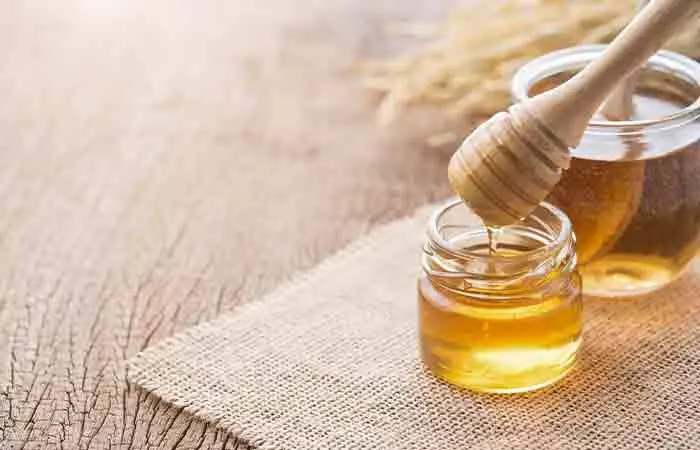
Honey is one of the oldest used traditional remedies for skin conditions. As it possesses immunomodulatory properties, it may help in reducing the lesions and rashes associated with atopic and contact dermatitisi It is a condition that makes skin inflamed or irritated after coming in contact with some substance or allergen. (4).
You Will Need
- 1 tablespoon of honey
- Sterile gauze
What You Have To Do
- Dab a tablespoon of honey on the sterile gauze.
- Dab the gauze on the rashes.
How Often You Should Do This
Repeat 3-4 times daily until the allergy heals.
2. Aloe Vera
Aloe vera has a therapeutic effect on the skin. It possesses wound-healing and anti-inflammatory properties that may eliminate the redness and swelling associated with hair dye allergy. The plant may also promote faster healing (5).
You Will Need
- Aloe vera leaf or gel
What You Have To Do
- Apply aloe vera gel to the rashes.
- Leave it on overnight and rinse it off the next morning.
How Often You Should Do This
You can repeat this daily.
3. Jojoba Oil

Jojoba oil has anti-inflammatory and wound-healing properties (6). It may help heal the inflamed lesions associated with hair dye allergies. The oil is also rich in wax esters that may help repair the skin and reduce scalp sensitivity (7).
You Will Need
- 1 tablespoon of jojoba oil
What You Have To Do
- Heat a tablespoon of jojoba oil mixed with a carrier oil (like olive oil).
- Apply this to your scalp and other affected areas.
- Leave it on overnight and wash in the morning.
How Often You Should Do This
You can apply this oil at least 2 times a week.
4. Coconut Oil
Coconut oil is widely used as a remedy for skin irritation. It possesses anti-inflammatory and analgesici This group of drugs helps relieve pain by selectively blocking the conduction of nerve impulses, also called painkillers. properties (8). These properties may help decrease inflammation, redness, and hives associated with hair dye allergies. Additionally, coconut oil can be a soothing choice, as it is one of the most effective home remedies for scalp pain. It offers relief from discomfort and promotes overall scalp health.
You Will Need
- 1 tablespoon of virgin coconut oil
What You Have To Do
- Apply a tablespoon of virgin coconut oil to your scalp.
- Leave it on overnight and wash your hair thoroughly with shampoo the next morning.
How Often You Should Do This
Do this 2 times a week.
5. Tea Tree Oil
Tea tree oil possesses anti-inflammatory properties that may help reduce the swelling and rashes caused by contact dermatitis (a possible reaction to hair dyes) (9).
You Will Need
- A few drops of tea tree oil
- 1 tablespoon of jojoba oil
What You Have To Do
- Heat the mixture of tea tree oil and jojoba oil in a saucepan.
- Apply this warm oil mixture to the rashes.
- Leave it on overnight and wash in the morning with a mild shampoo.
How Often You Should Do This
Do this 2 times a week.
6. Peppermint
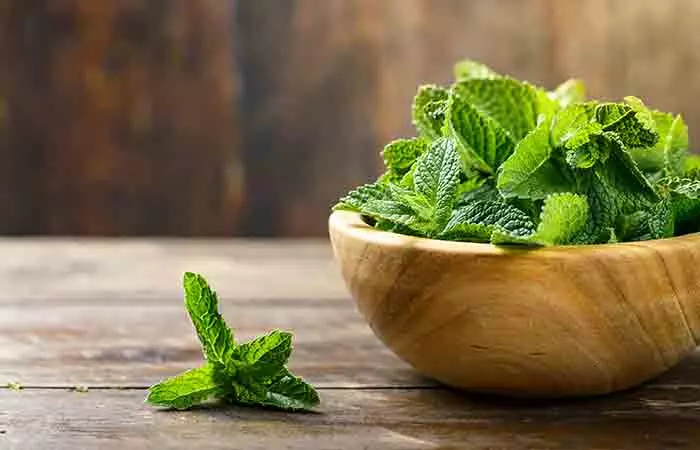
Peppermint possesses antipruritici They are drugs that are used to help relieve itching and can also help soothe inflammation. properties (10). Hence, it is one of the popular home remedies for an itchy scalp that soothes the redness and irritation of scaly rashes or eczema spots associated with hair dye allergy.
You Will Need
- 1 cup of water
- A handful of peppermint leaves
What You Have To Do
- Heat a cup of water and add the peppermint leaves.
- Set the mixture aside for a while and let it cool.
- Apply it to the rashes and wash after 20 minutes.
How Often Should You Do This
Do this 2-3 times a week.
7. Witch Hazel
Witch hazel contains bioactive compounds, such as tanninsi A class of astringents and natural antioxidants found in plants and can reduce skin inflammation and irritation. and proanthocyanidins, that exhibit anti-inflammatory properties (11). It may help eliminate the redness, swelling, and itchiness associated with hair dye allergies.
You Will Need
- Witch hazel extract
What You Have To Do
- Take a sterile Q-tip and dab witch hazel extract onto it.
- Apply this extract to the rash and leave it to dry.
- Wash with plain water.
How Often Should You Do This
Apply this to the affected areas 2-3 times a day.
8. Chamomile Tea
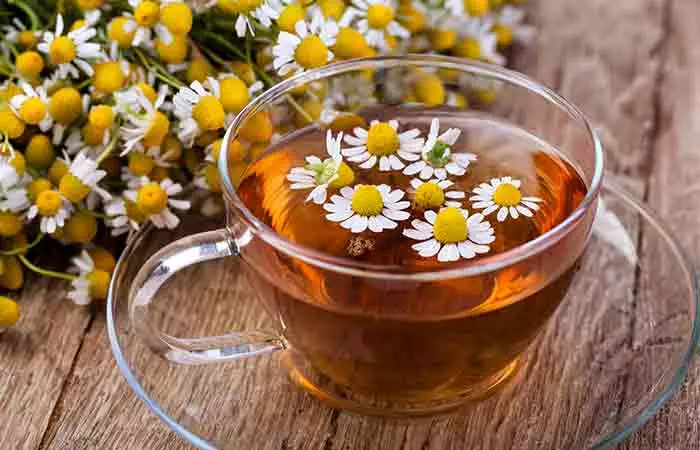
Chamomile has anti-inflammatory and analgesic properties (12). This may help reduce the inflammation, redness, and pain caused by an allergic reaction to the PPD in hair dyes.
You Will Need
- 1 cup of chamomile tea
What You Have To Do
- Prepare a cup of chamomile tea and set it aside to cool.
- Use the cool mixture to wash your scalp and hair.
- Air dry your hair.
How Often Should You Do This
You can do this 2-3 times a week.
9. Olive Oil
Olive oil is rich in antioxidants and other phenolic compounds. These compounds exhibit anti-inflammatory properties that may be effective in alleviating the symptoms of hair dye allergies (7).
You Will Need
- 1 tablespoon of olive oil
What You Have To Do
- Apply a tablespoon of warm olive oil to your scalp and other affected areas.
- Leave it on overnight and wash thoroughly with a shampoo.
- Alternatively, you may leave it on for about an hour and then wash with a shampoo.
How Often You Should Do This
Repeat this 2 times a week.
10. Sesame Oil
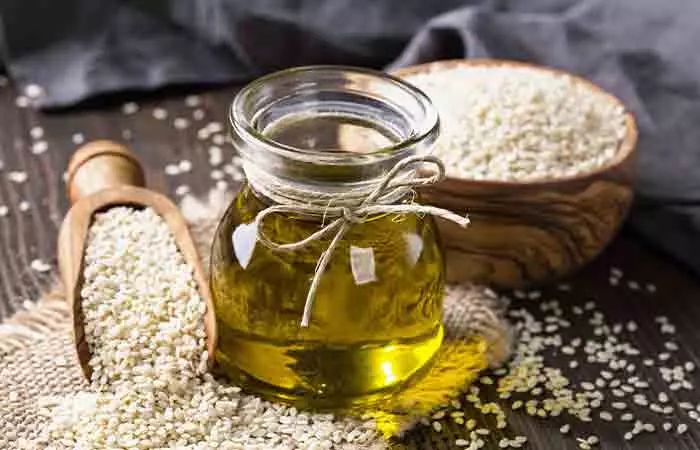
The sesamin in sesame oil has anti-inflammatory properties (13). It may help treat hair dye allergies by soothing the red and itchy rashes and swelling.
You Will Need
- 2 tablespoons of sesame oil
What You Have To Do
- Heat sesame oil lightly and apply it to your scalp and other affected areas.
- Leave it on overnight and wash it off thoroughly the next morning.
- Alternatively, you may leave it on for about an hour before washing with a shampoo.
How Often You Should Do This
Do this 2 times a week.
11. Baking Soda
Baking soda has antibacterial properties and has been traditionally used as an effective remedy to treat skin conditions such as psoriasis. It also has antifungal properties and may reduce symptoms of fungal infections, like itchiness (14),(15). Therefore, it might be beneficial in reducing scalp irritation caused by hair dye allergies.
You Will Need
- 1 tablespoon of baking soda
- 1 tablespoon of water
What You Have To Do
- Mix the water and baking soda into a smooth paste.
- Apply it on the affected areas and let it sit for 20-30 minutes.
- Rinse it off with cold water.
How Often You Should Do This
Do this once a week.
Note: Do a patch test with the paste as baking soda may irritate sensitive skin.
These home remedies may help treat hair dye allergies. But as we know, prevention is always better than cure. In the following section, we have listed certain tips you can follow.
Precautions To Bear In Mind
- Always do a patch test of the product before using it. This will help minimize the chances of a possible allergic reaction.
- Always read the label of the product before buying it to ensure there are no allergens in the ingredients list.
- If you observe even the mildest allergic response to a chemical hair dye, stop using it immediately.
- People allergic to PPD or PTD could also be allergic to other substances, such as benzocaine, anesthetics, etc. (16). Hence, keep your doctor, dentist, and hairstylist informed to avoid any mishaps.
Infographic: Ingredients To Avoid In Your Hair Dye
Hair dyes may cause allergic reactions, depending on the ingredients used in them and your skin sensitivity. While these reactions are usually not too severe and can be managed with some home remedies, there are certain ingredients you should be wary of. Check out the infographic below for a detailed list of harmful components found in hair dyes.
Some thing wrong with infographic shortcode. please verify shortcode syntax
Hair dyes come with toxic chemicals like paraphenylenediamine, toluenediamine, etc., which can be harsh on the hypoallergenic skin and cause allergies. Washing the hair with shampoo can help relieve mild hair dye allergies, while moisturizers can take care of the inflamed skin. In case of serious allergies, go for home remedies with ingredients that have anti-inflammatory, wound-healing, analgesic properties. These include honey, aloe vera, jojoba oil, coconut oil, witch hazel, olive oil, etc. However, always do a patch test before using these formulations to avoid the possibility of an allergic reaction.
Frequently Asked Questions
How long does it take to treat a hair dye allergy?
If you have a mild allergic reaction to a hair dye, it will last for 7-10 days. However, if you have a more serious case of the allergy, you may experience a life-threatening condition known as anaphylaxis. In such cases, please seek immediate medical attention.
Which hair dyes do not contain PPD?
Most semi-permanent hair dyes may not contain PPD, but almost all dyes contain PTD. Ensure to check with your hairstylist prior to getting your hair colored.
Can hair dye make you feel sick?
Hair dye is formulated using chemical compounds that can cause skin toxicity. These can lead to an allergic reaction and may also make you feel sick.
What can I use if I’m allergic to hair dye?
You can use natural hair dyes like henna to cover your grays if you are allergic to hair dye. If you are allergic to a particular ingredient, such as paraphenylenediamine, look for dyes that do not contain this compound and have para-toluenediamine sulfates, a safer alternative, instead.
Why is my head itching after hair dye?
If you are allergic to the hair dye or if it contains harsh chemicals, it may irritate your scalp and lead to itching.
Some thing wrong with illustration image shortcode. please verify shortcode syntax
Are you susceptible to a hair dye allergy? Watch the following informational video below to learn more about this condition and how to manage it effectively.
Personal Experience: Source
StyleCraze's articles are interwoven with authentic personal narratives that provide depth and resonance to our content. Below are the sources of the personal accounts referenced in this article.
i. Hair dye the dangershttps://dontaskmewhattowear.wordpress.com/2011/11/10/hair-dye-the-dangers/
References
Articles on StyleCraze are backed by verified information from peer-reviewed and academic research papers, reputed organizations, research institutions, and medical associations to ensure accuracy and relevance. Read our editorial policy to learn more.
- Para-phenylenediamine allergy: current perspectives on diagnosis and management, US National Library of Medicine, National Institutes of Health.
https://www.ncbi.nlm.nih.gov/pmc/articles/PMC5261844/ - Hair Product Allergy: A Review of Epidemiology and Management, US National Library of Medicine, National Institutes of Health.
https://www.ncbi.nlm.nih.gov/pmc/articles/PMC11088418/ - Anaphylaxis, US National Library of Medicine, National Institutes of Health.
https://www.ncbi.nlm.nih.gov/books/NBK482124/ - Honey is potentially effective in the treatment of atopic dermatitis: Clinical and mechanistic studies, Immunity, Inflammation and Disease, US National Library of Medicine, National Institutes of Health.
https://www.ncbi.nlm.nih.gov/pmc/articles/PMC5418133/ - Evidence based medical use of aloe vera extracts, short review of literature, International Journal of Research in Medical Sciences, ResearchGate
https://www.researchgate.net/publication/320098633_Evidence_based_medical_use_of_aloe_vera_extracts_short_review_of_literature - Jojoba in Dermatology: A Succinct Review, Giornale italiano di dermatologia e venereologia, US National Library of Medicine, National Institutes of Health.
https://pubmed.ncbi.nlm.nih.gov/24442052// - Anti-Inflammatory and Skin Barrier Repair Effects of Topical Application of Some Plant Oils, International Journal of Molecular Sciences, US National Library of Medicine, National Institutes of Health.
https://www.ncbi.nlm.nih.gov/pmc/articles/PMC5796020/ - Anti-inflammatory, analgesic, and antipyretic activities of virgin coconut oil. Pharmaceutical Biology, US National Library of Medicine, National Institutes of Health.
https://www.ncbi.nlm.nih.gov/pubmed/20645831 - Tea tree oil attenuates experimental contact dermatitis. Archives of Dermatological Research, US National Library of Medicine, National Institutes of Health.
https://www.ncbi.nlm.nih.gov/pubmed/20865268 - Mentha Piperita (Peppermint), Dermatitis, US National Library of Medicine, National Institutes of Health.
https://pubmed.ncbi.nlm.nih.gov/21144345-mentha-piperita-peppermint/ - Antioxidant and potential anti-inflammatory activity of extracts and formulations of white tea, rose, and witch hazel on primary human dermal fibroblast cells, Journal of Inflammation, US National Library of Medicine, National Institutes of Health.
https://www.ncbi.nlm.nih.gov/pmc/articles/PMC3214789/ - A review of the bioactivity and potential health benefits of chamomile tea (Matricaria recutita L.). Phytotherapy Research, US National Library of Medicine, National Institutes of Health.
https://www.ncbi.nlm.nih.gov/pubmed/16628544 - Antinociceptive and Anti-Inflammatory Activities of the Sesame Oil and Sesamin, Nutrients, US National Library of Medicine, National Institutes of Health.
https://pubmed.ncbi.nlm.nih.gov/24824289 - Old fashioned sodium bicarbonate baths for the treatment of psoriasis in the era of futuristic biologics: an old ally to be rescued, The Journal of Dermatological Treatment, US National Library of Medicine, National Institutes of Health.
https://pubmed.ncbi.nlm.nih.gov/15897164/ - Antifungal activity of sodium bicarbonate against fungal agents causing superficial infections, Mycopathalogia, US National Library of Medicine, National Institutes of Health.
https://pubmed.ncbi.nlm.nih.gov/22991095/ - Paraphenylenediamine and related chemicals as allergens responsible for allergic contact dermatitis, US National Library of Medicine, National Institutes of Health.
https://www.ncbi.nlm.nih.gov/pmc/articles/PMC8130485/
Read full bio of Dr. Bhakti Kapse
- Dr. John Kahen, MD, is one of the leading hair transplant surgeons with over 19 years of experience. He is the founder and medical director of Beverly Hills Hair Restoration and an alumnus of Ross University School of Medicine. Dr. Kahen focuses on his patients' individual needs to offer surgical and non-surgical options.
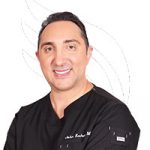 Dr. John Kahen, MD, is one of the leading hair transplant surgeons with over 19 years of experience. He is the founder and medical director of Beverly Hills Hair Restoration and an alumnus of Ross University School of Medicine. Dr. Kahen focuses on his patients' individual needs to offer surgical and non-surgical options.
Dr. John Kahen, MD, is one of the leading hair transplant surgeons with over 19 years of experience. He is the founder and medical director of Beverly Hills Hair Restoration and an alumnus of Ross University School of Medicine. Dr. Kahen focuses on his patients' individual needs to offer surgical and non-surgical options.
Read full bio of Shaheen Naser
Read full bio of Anjali Sayee
Read full bio of Monomita Chakraborty






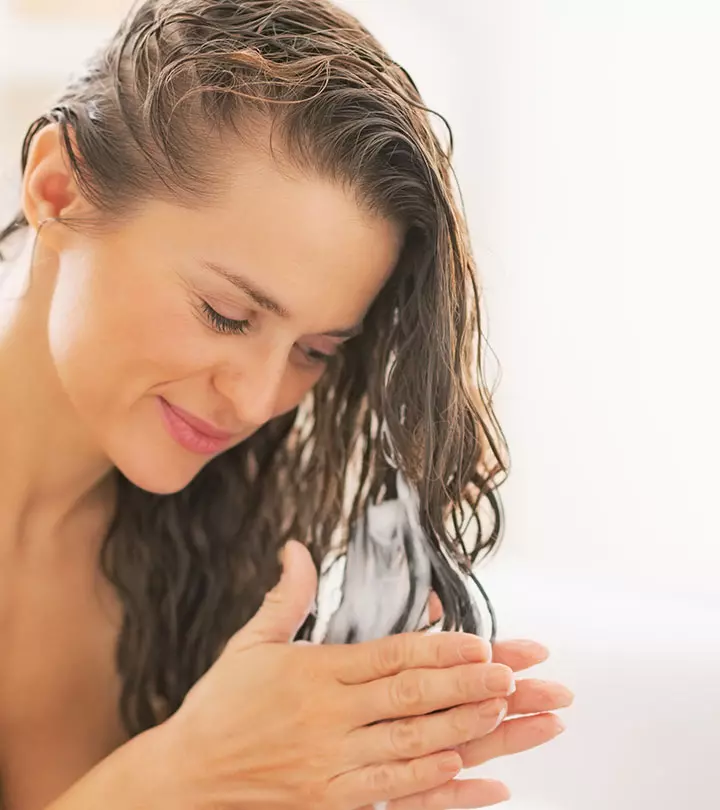

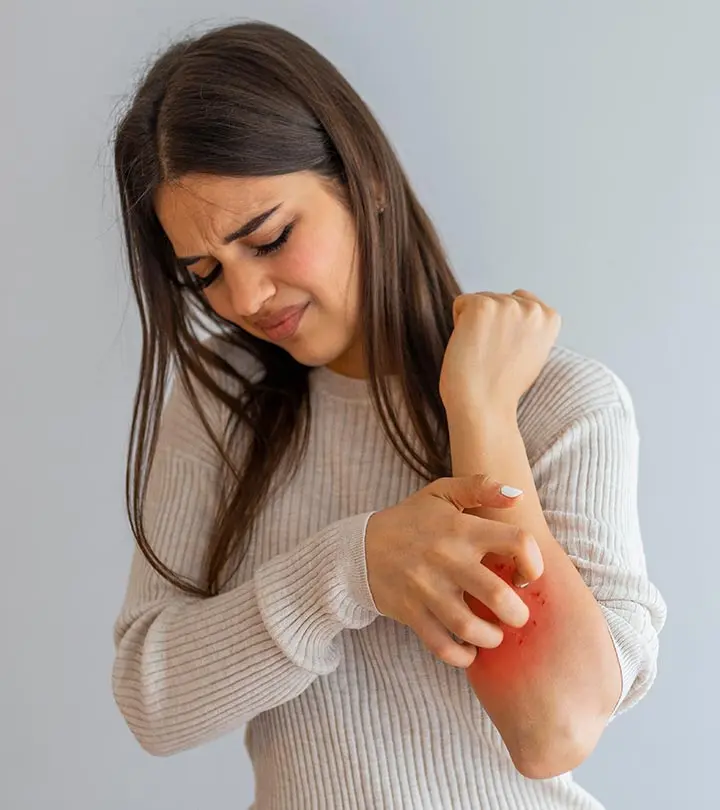
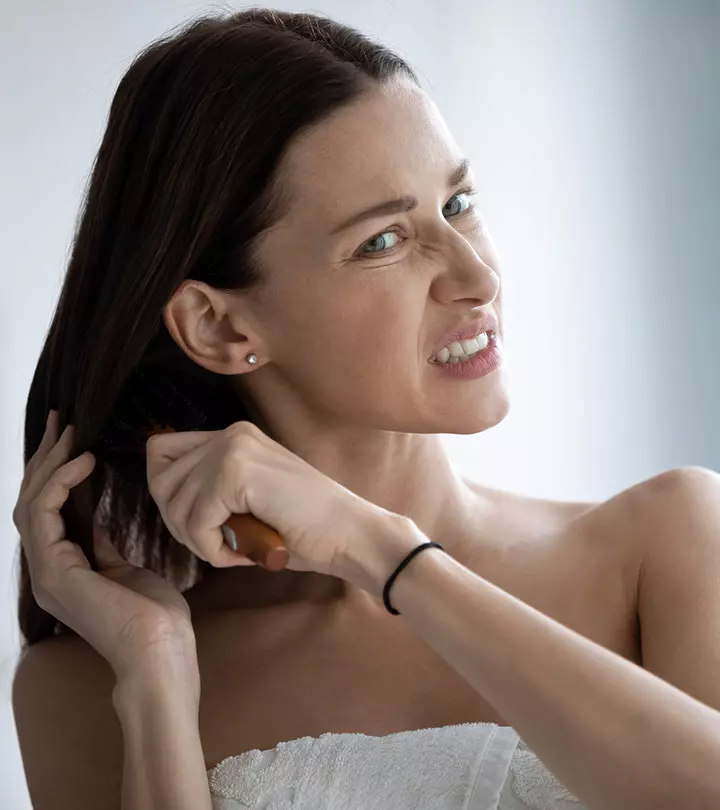

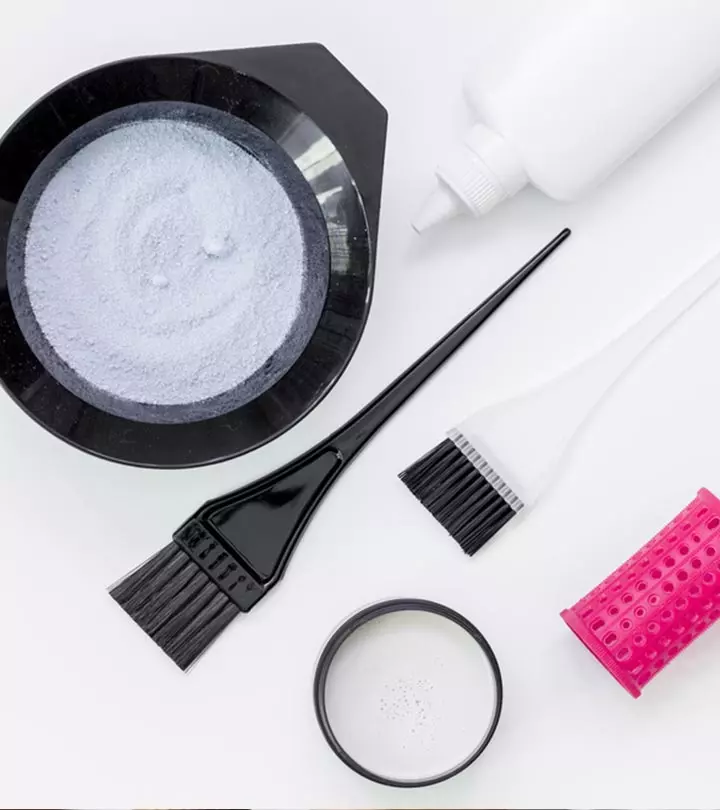
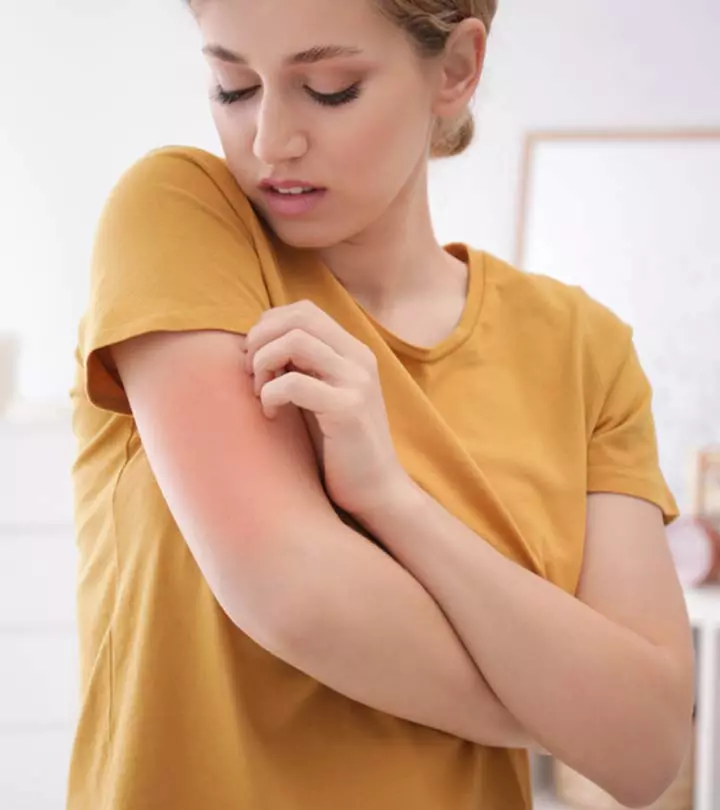
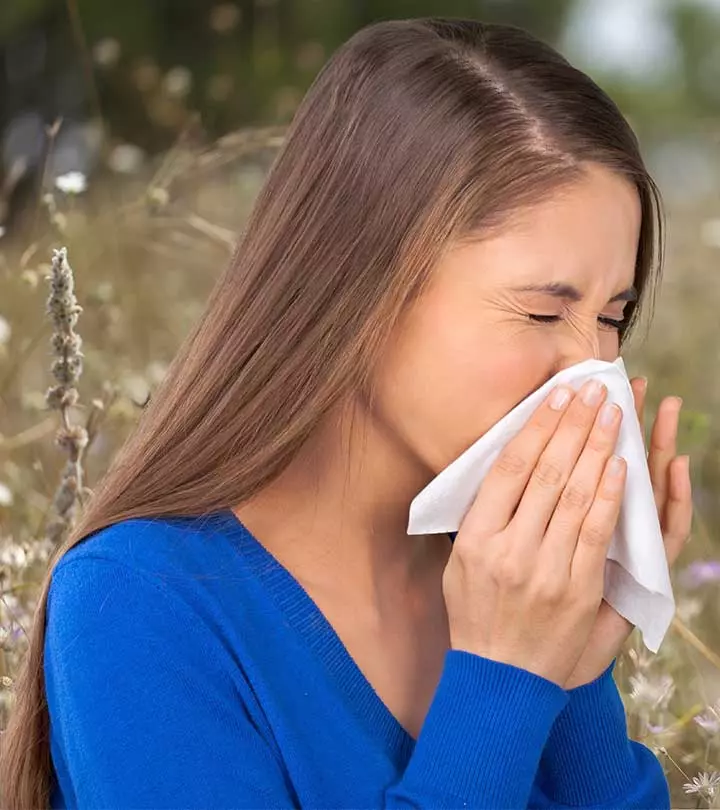
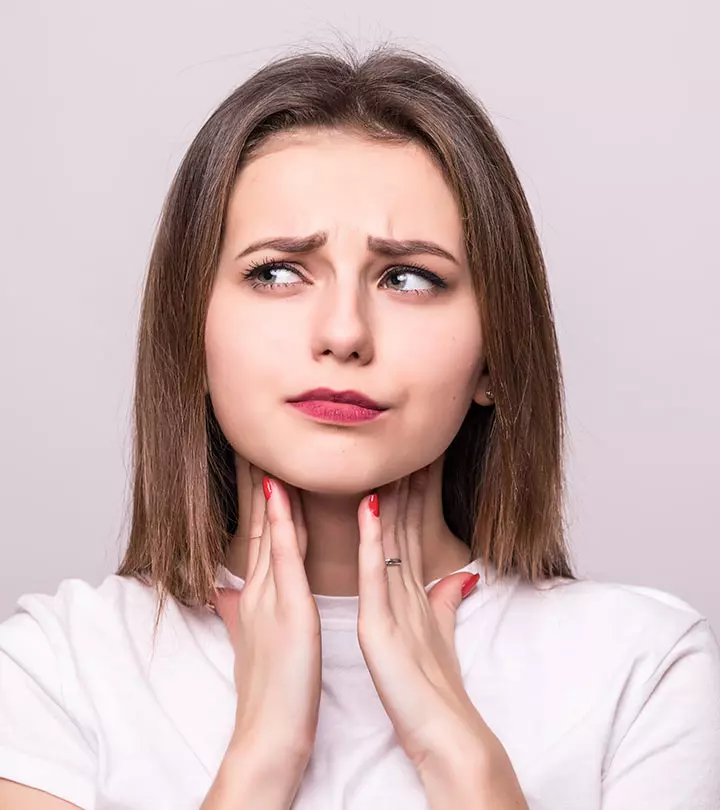
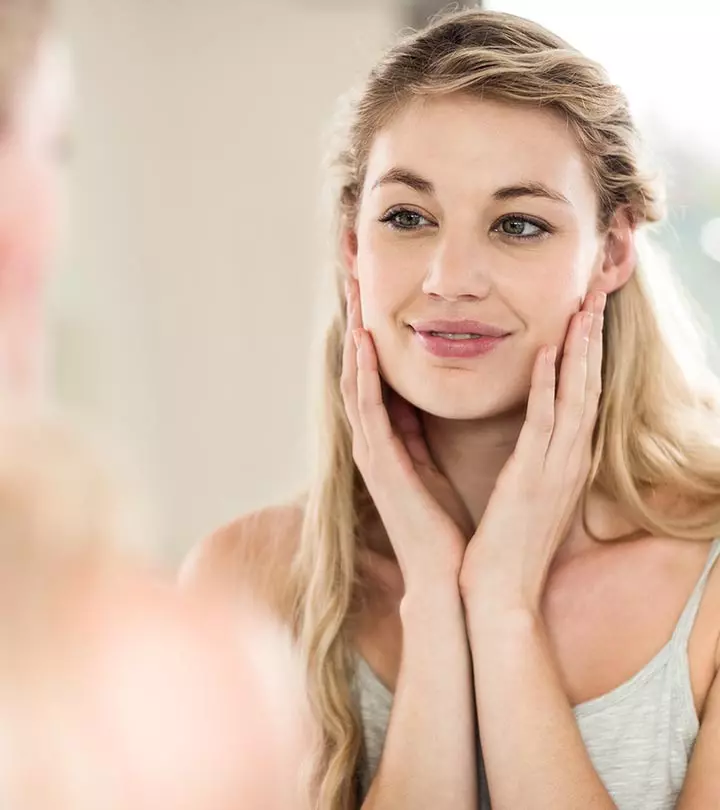
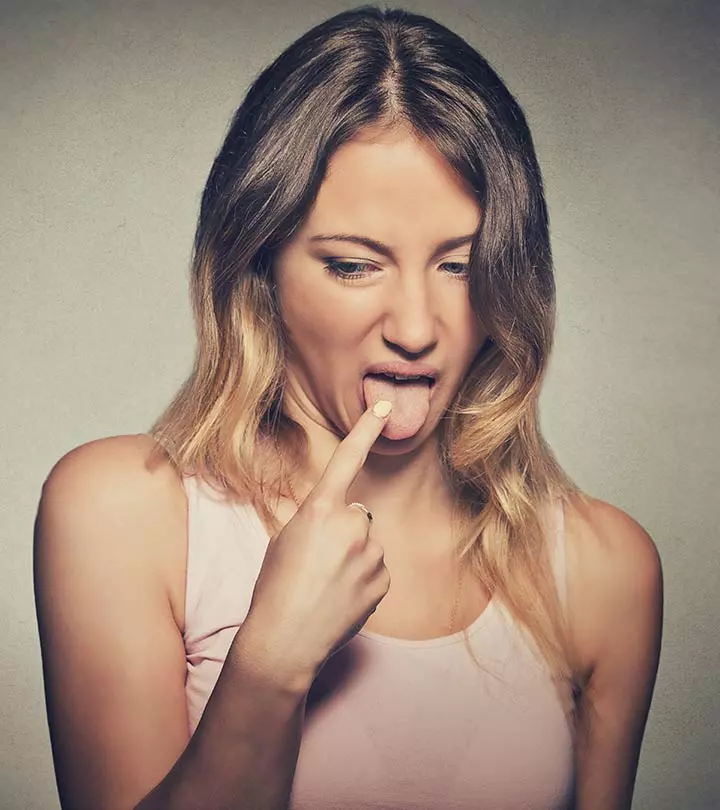
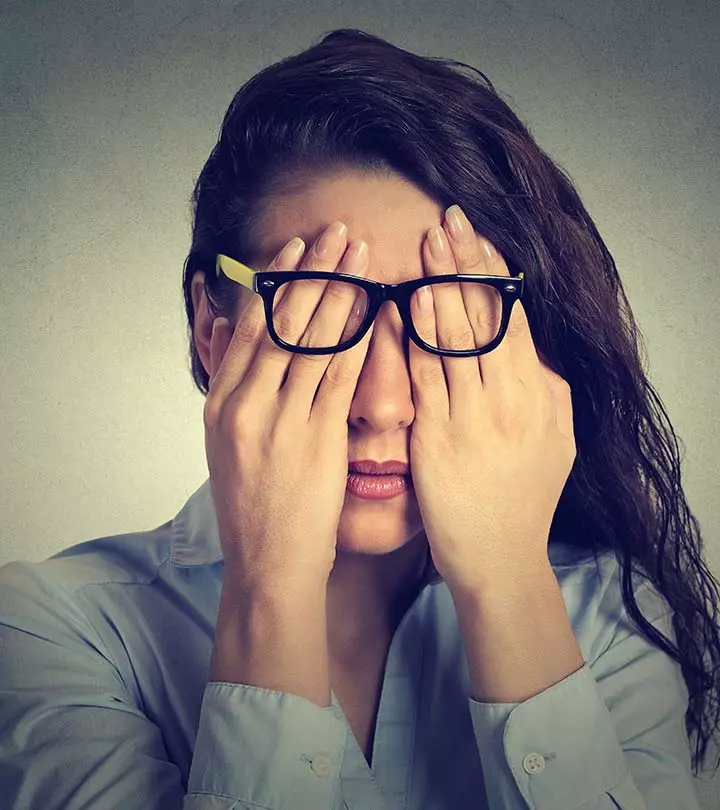
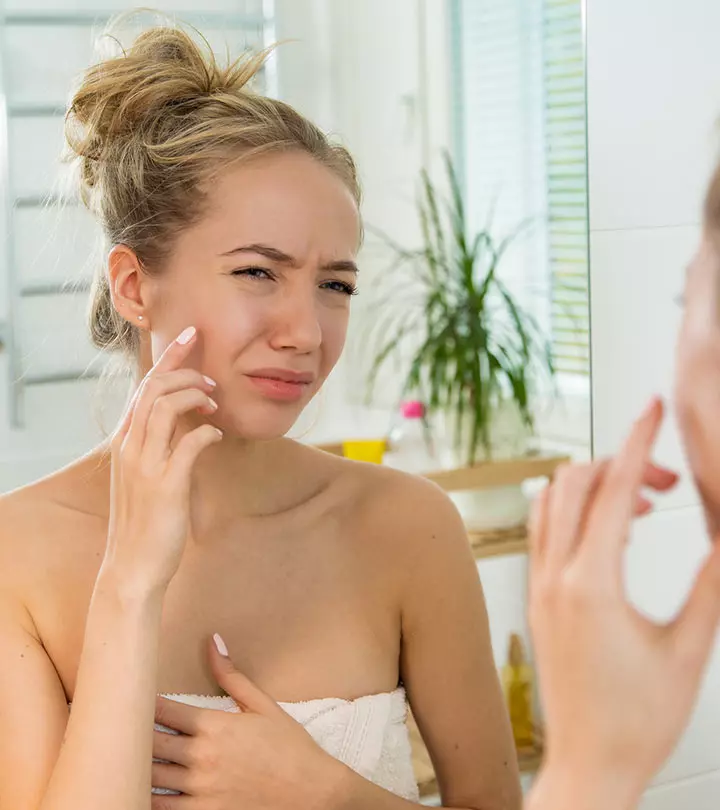
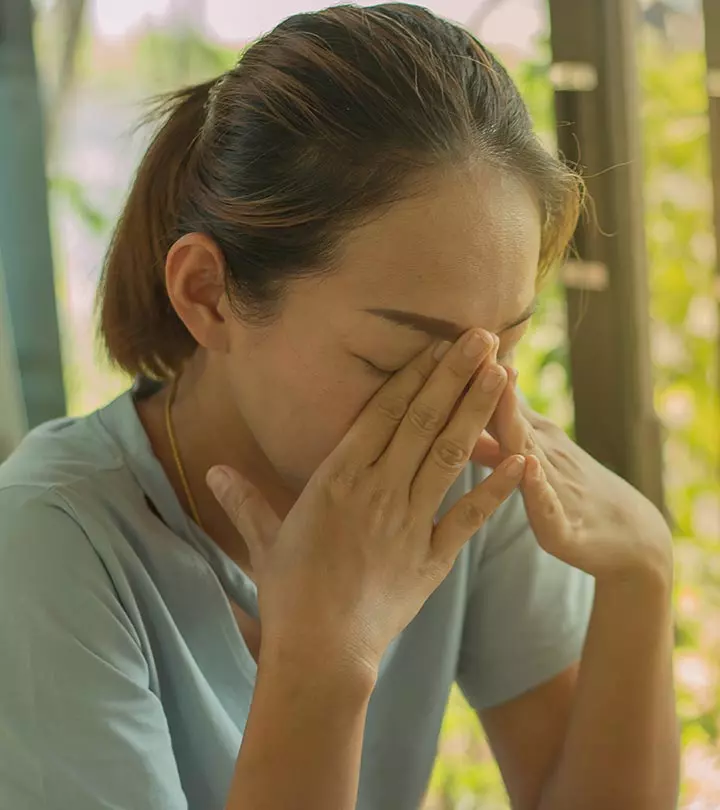

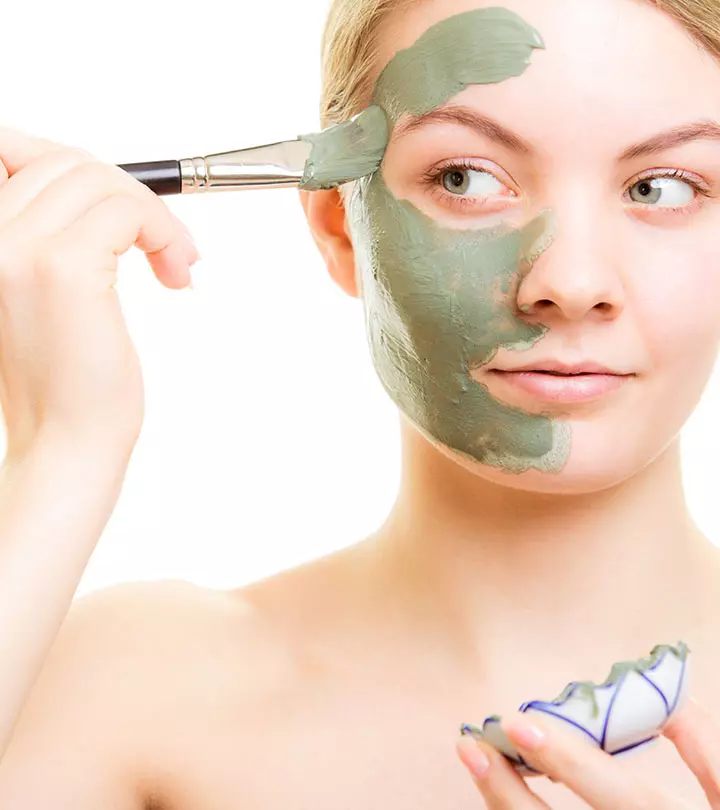

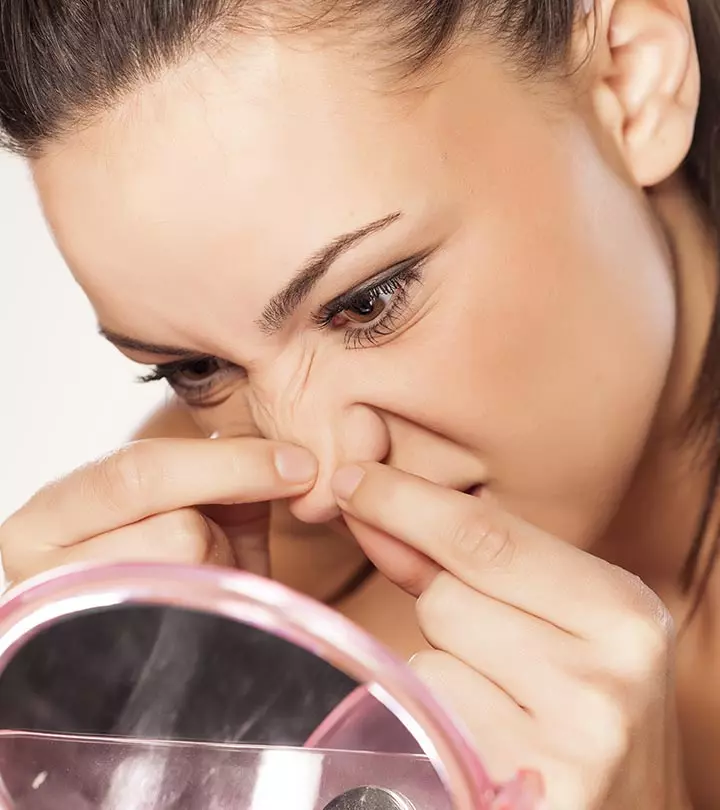
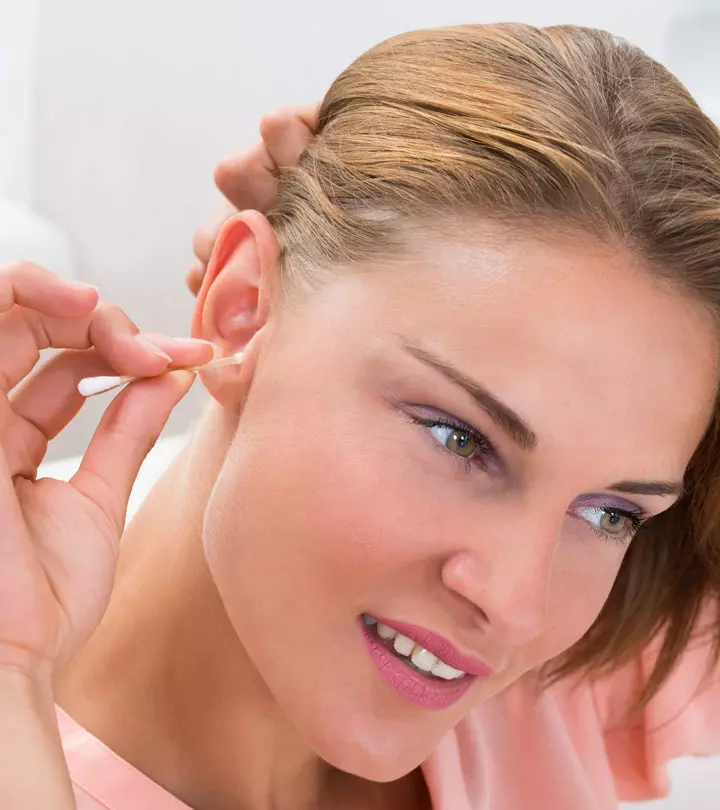
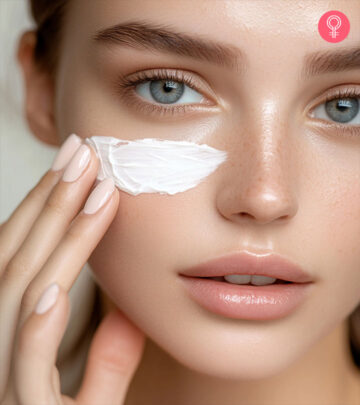
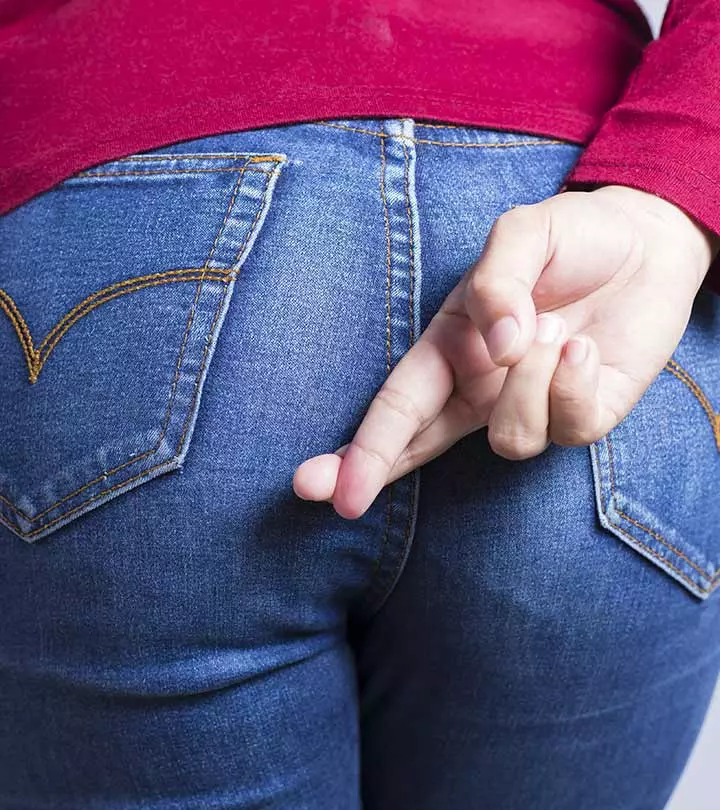
Community Experiences
Join the conversation and become a part of our empowering community! Share your stories, experiences, and insights to connect with other beauty, lifestyle, and health enthusiasts.